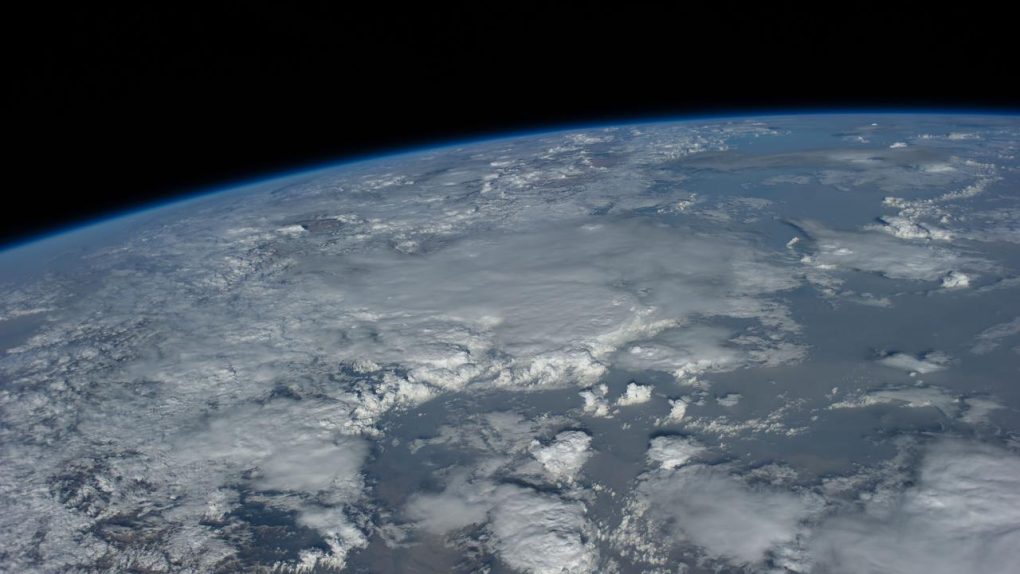- A mass extinction 360 million years ago was likely caused by a rapidly-warming climate that triggered a breakdown in the ozone layer.
- Plant samples from the time period reveal DNA that had been damaged by UV radiation.
- Scientists warn that we may be in store for another such event if we can’t control our own warming of the climate.
When the miles-wide asteroid that arrived at Earth some 66 million years ago came crashing down, it wiped out an estimated 75% of all species on the planet. It was an incredibly devastating event, and given the size of the space rock that caused it, it’s understandable.
But long before that colossal rock came down, a mass extinction event 360 million years ago wiped out a huge chunk of the plant and aquatic life on our planet. Now, researchers think they know what happened, and it all has to do with a damaged ozone layer.
In a new paper published in Science Advances, researchers tackle the previously unexplained mass extinction. Knowing that the event, whatever it was, wiped out freshwater life, as well as plants, gave the scientists some clues, but it was a discovery in rocks gathered from a variety of locations across the globe that ultimately served as the smoking gun.
When the researchers processed the rocks they discovered microscopic plant spores. It was spores like these that allowed the ancient plants to reproduce, but not all of the spores looked the same. Some appeared normal and healthy at the time they were preserved, while others had clearly been damaged.
In comparing the two groups of spores the researchers discovered that the malformed specimens had likely been damaged by intense ultraviolet light which fried their DNA and left them disfigured. This, the scientists say, is evidence of a dramatic and rapid breakdown of Earth’s ozone layer which typically protects us from much of the damaging UV radiation that would otherwise cause serious harm to plants and animals.
This kind of breakdown in the ozone layer has been observed in the past, but it’s historically been linked to increased volcanic activity. In this particular case, it doesn’t appear that volcanoes play a role, but the researchers believe that a rapidly-warming climate following an ice age was the trigger. As you might imagine, that’s worrisome, as we know that our climate is currently in the midst of rapid warming, and the scientific consensus is that human activity is to blame.
“Importantly, the Devonian-Carboniferous boundary terrestrial mass extinction was coincident with a major climatic warming that ended the intense final glacial cycle of the latest Devonian ice age,” the researchers write. “A mechanism for ozone layer reduction during rapid warming is increased convective transport of ClO. Hence, ozone loss during rapid warming is an inherent Earth system process with the unavoidable conclusion that we should be alert for such an eventuality in the future warming world.”
Yikes.








